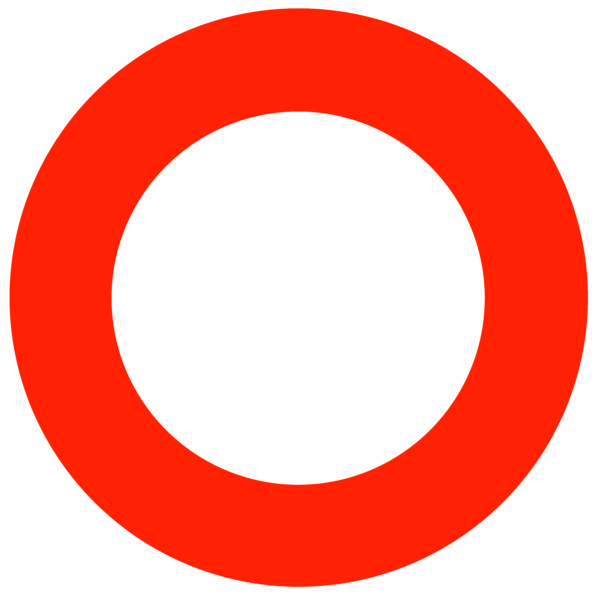Uneasyspace
SiteSantafe, Santafe, USA, 2003
SYS*016.JeX*02/ SE-FX\ 360°
Inside a cylinder, 76 cameras are installed in an ellipse. In the centre is a trampoline on which one person can jump.
The cameras all point to the centre of the room. It is a common vanishing point. They are all synchronised.
The space is going to be » photographed » from all angles at a common T time. T=76 cameras.
The images will then be scanned and assembled by a specially designed electronic module, in the order from 1 to 76. Next, the images will be placed end to end and will be reproduced by the module on screens, one after the other, hence creating a movement within a limited time space. T=76=1+2+3.
Our brain’s capacity to receive a fluid televised movement is around 25 images per second (25/s). By dividing T= 76 images by 25 we obtain T= 3,04 seconds = t. We can consider it as the reference time for our installation.
Gently introduce a new time of 12/s, in other words T=6 seconds = t’ and form a cycle, transferring the reference time to the new time and the new time to the reference time, with an increasing and decreasing movement…gently.
A new T is created, one that is entirely variable and changes from t to t’.
Tx=t*x+t*x’ (x being the number of successive sequences).
T is a cycle divided into sequences of t and t’ that follow on from one another. Each t or t’ is unique even if they follow on from one another. T is always new, like our time, where each second that passes is a unique second. Each T moment is a moment in time, a synthesis of three times: what has been lived, one’s personal viewpoint and what is possible.
A time based on different rhythms of vision. The beginning of the sequence is emitted in 25/s, in other words in 3
seconds. Then there is a new capture and another broadcast in 25/s five times. Then a new capture and a broadcast in 12/s. This occurs four times over, then a new capture and a broadcast in 12/s two times over…until time is reversed in the sequence.
And finally a new capture, the broadcasting of which takes place in a loop five times on the trot.
The adding together of images with a common viewpoint creates a movement that can confuse our mind. We think that it is a camera that is turning since we have to move in order to look at an object from every angle. In this situation we are everywhere and the object is able to move.
